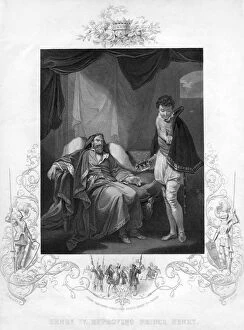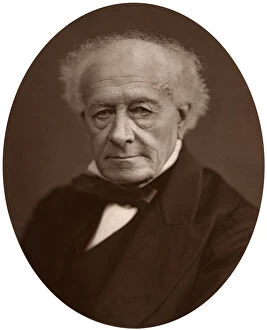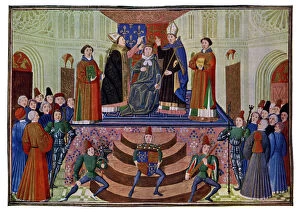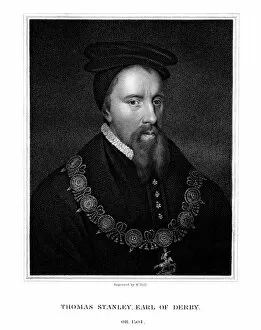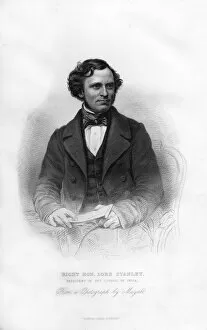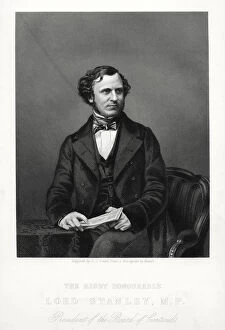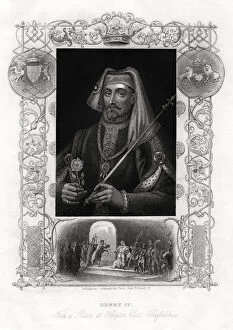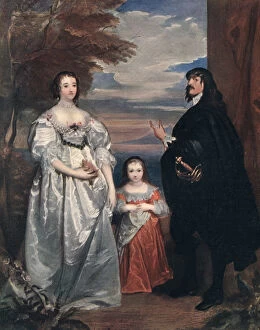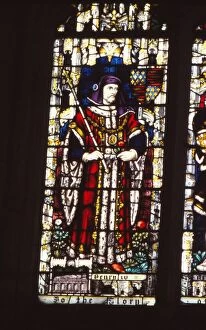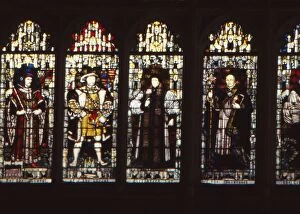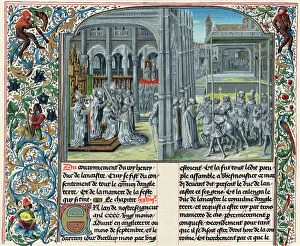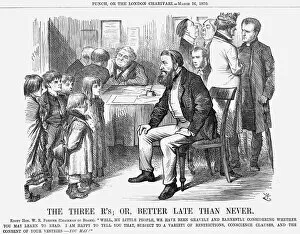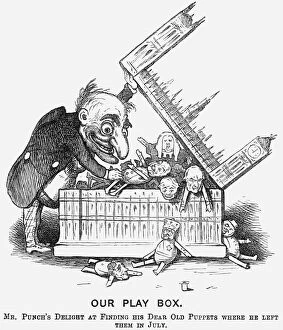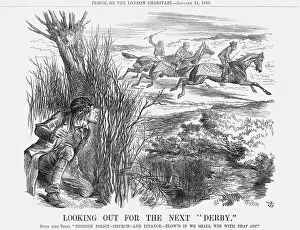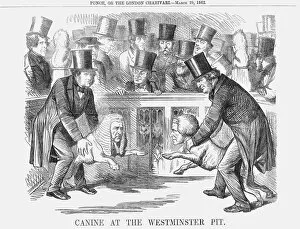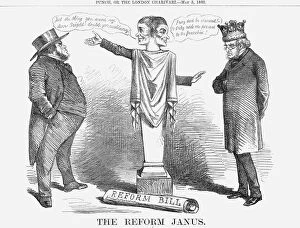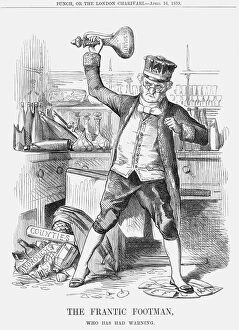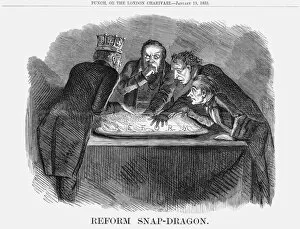Earl Of Derby Collection (#4)
"The Earl of Derby: A Legacy of Power, Politics, and Sporting Pursuits" The Earl of Derby has left an indelible mark on history through his multifaceted life
For sale as Licensed Images
Choose your image, Select your licence and Download the media
"The Earl of Derby: A Legacy of Power, Politics, and Sporting Pursuits" The Earl of Derby has left an indelible mark on history through his multifaceted life. From the dramatic events surrounding the death of Henry Percy (Harry Hotspur) at the Battle of Shrewsbury in 1403 to his portrayal by Shakespeare as Prince Henry's ally and Falstaff's adversary in "King Henry, " Thomas Stanley, Earl of Derby, was a figure immersed in both political intrigue and literary fame. Throughout the centuries, the Earls of Derby continued to wield influence. The Right Honourable Edward Geoffrey Stanley, Earl of Derby, emerged as a prominent statesman during the mid-19th century. As Prime Minister from 1866 to 1868 and again from 1874 to 1880, he navigated complex issues such as labor reform with finesse. However, it wasn't just politics that defined this noble lineage. The Earl's passion for sporting pursuits is evident in various depictions throughout history. Whether it be leading his Stag Hounds or engaging in a spirited game of foot-ball with Westminster boys in 1858, he embodied an aristocratic love for outdoor activities. From one generation to another, power passed down within the family line. Thomas Stanley, first Earl of Derby during Elizabethan times held significant sway over English affairs while Edward Geoffrey Stanley rose to become Prime Minister under Queen Victoria's reign. In capturing their essence visually too; John Jabez Edwin Mayall immortalized The Earl himself through photography during his tenure from 1860-69 - showcasing not only his distinguished appearance but also hinting at the weighty responsibilities he bore. The legacy left behind by these influential figures continues even today. Their impact on British society can still be felt through institutions like The Labour Commission or moments when new conservative governments are formed – all shaped by their contributions.






